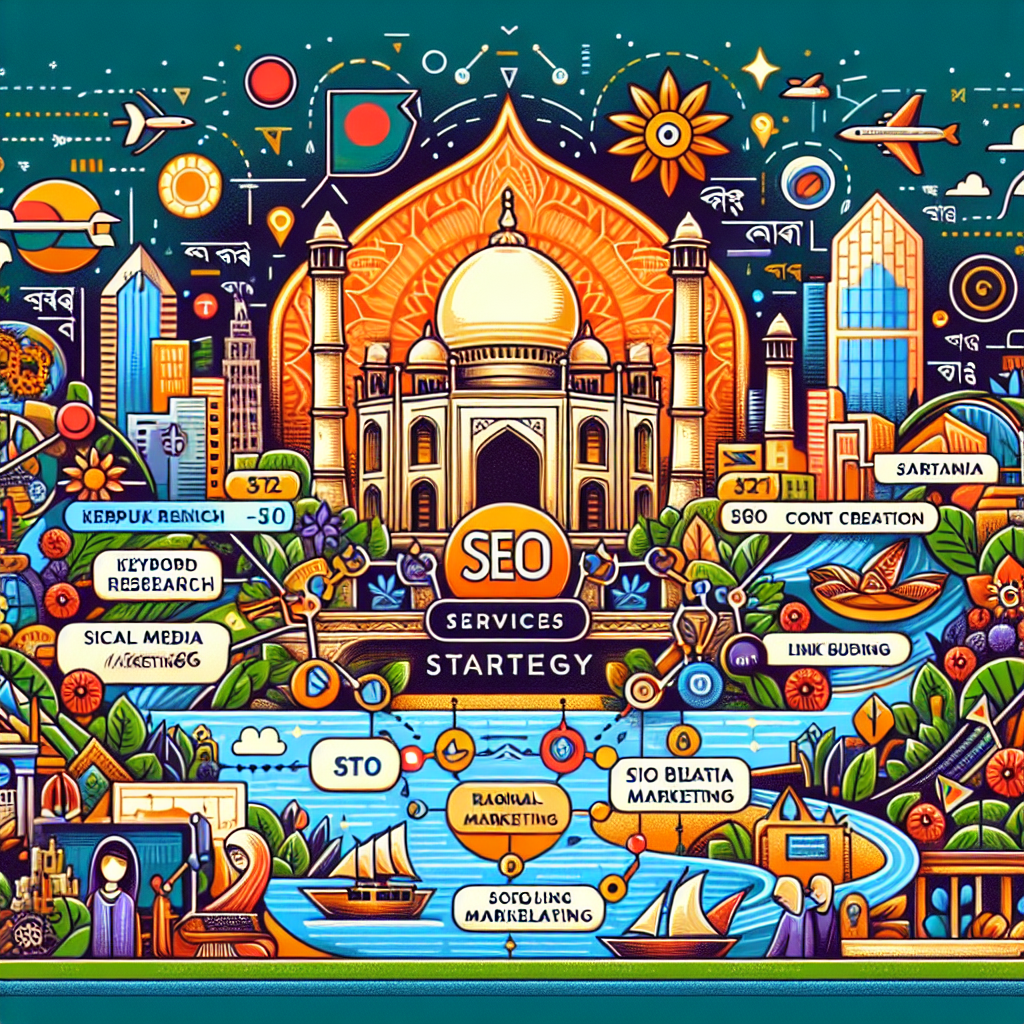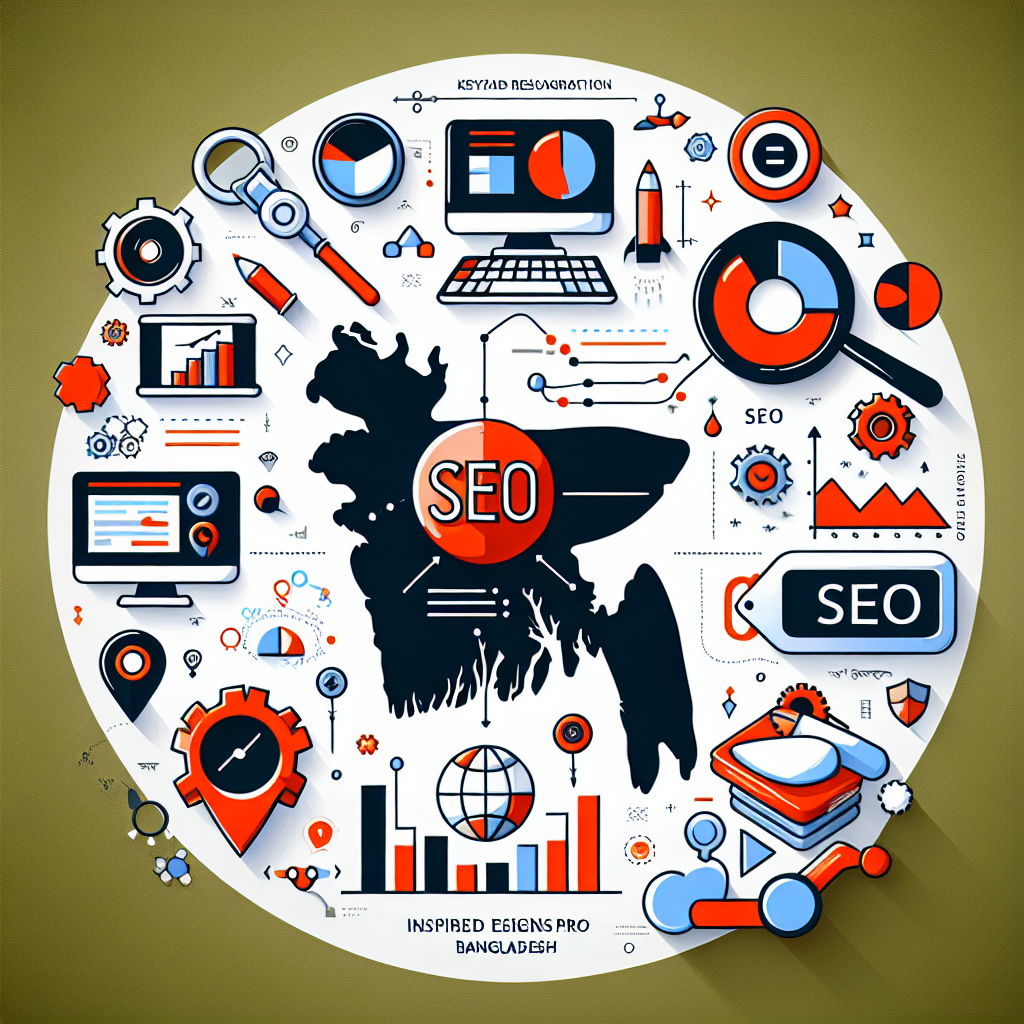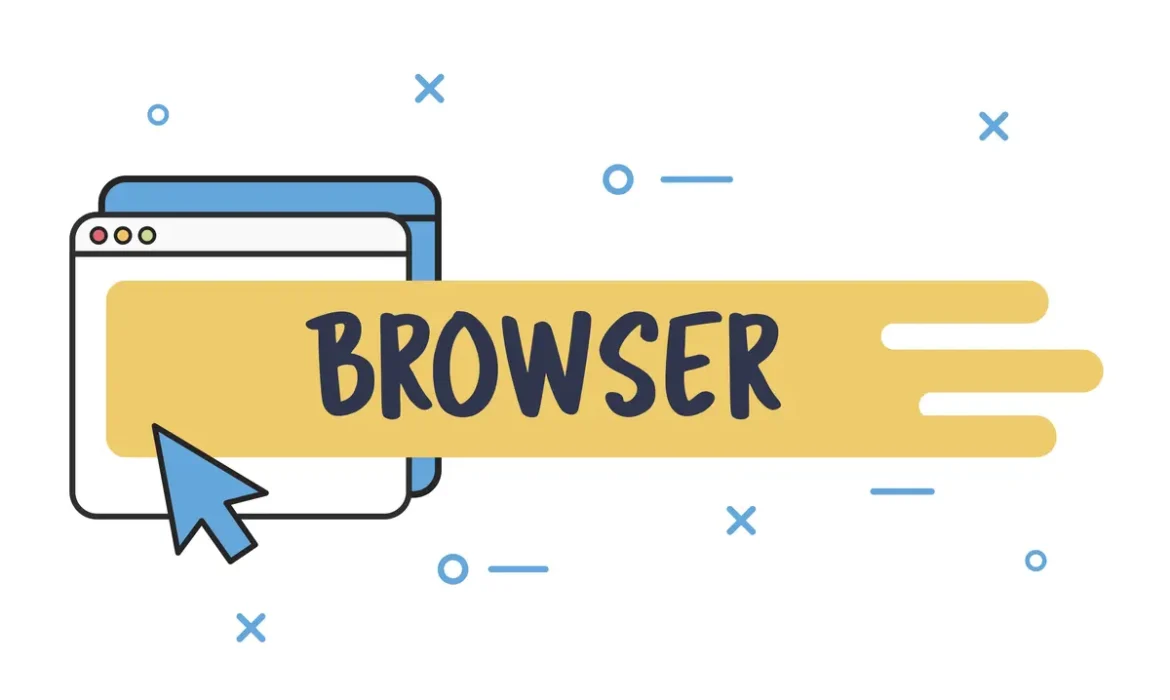Local SEO vs Global Reach with SEO Services
Boost your business with our local SEO services in Bangladesh! Enhance visibility and attract more customers. Get started today for better rankings!
Client Case Study: Impact of SEO Services
Boost your online presence with expert SEO services in Bangladesh. Unlock higher rankings and drive traffic today—let’s elevate your business together!
Common Mistakes in SEO Services and How to Avoid Them
Unlock your website’s potential with top SEO services in Bangladesh! Boost rankings, drive traffic, and enhance visibility. Discover more today!
Top Tools for Effective SEO Services Execution
Boost your online visibility with the top SEO services in Bangladesh! Drive traffic and enhance your brand today. Discover more about our expert solutions!
Result-Driven SEO Services in Bangladesh
Boost your online presence with expert SEO services in Bangladesh. Drive traffic, enhance visibility, and grow your business. Get started today!
Expert SEO Services in Bangladesh to Boost Your Online Presence
Unlock your website’s potential with top-notch SEO services in Bangladesh. Boost visibility, drive traffic, and enhance rankings. Start your journey today!
Top SEO Services in Bangladesh for Boosting Your Online Presence
Boost your online presence with expert SEO services in Bangladesh. Drive traffic, increase visibility, and watch your business grow. Discover more today!
Top SEO Services in Bangladesh for Boosting Your Online Presence
Discover the top SEO services in Bangladesh to boost your online visibility and drive traffic. Transform your website’s performance—get started today!
Effective SEO Services in Bangladesh for Business Growth
Unlock your website’s potential with expert SEO services in Bangladesh. Boost visibility, drive traffic, and enhance your online presence today!
Page Speed Guide
Page Speed Guide: Optimize Your Website for Faster Performance and Higher Rankings
Page speed refers to the time it takes for a web page to load fully, from initiating the request to rendering all content. It’s a critical aspect of website performance, influencing both user experience and technical functionality. A fast-loading website ensures visitors can access information quickly, reducing frustration and keeping their attention focused on your content.
How Page Speed Impacts User Experience and Website Performance
Page speed directly affects how users interact with a website. Slow-loading pages lead to higher bounce rates, as users often abandon websites that take more than a few seconds to load. Conversely, a fast-loading website ensures better engagement, longer session durations, and higher conversion rates. Websites with optimal speed tend to leave a lasting impression, building trust and credibility with users.
Overview of Google’s Emphasis on Page Speed for Ranking
Google prioritizes page speed as a key ranking factor, emphasizing its importance through initiatives like Core Web Vitals. A fast website enhances overall SEO performance, increasing visibility in search results. Google’s focus on user-first metrics means that improving page speed not only satisfies search engines but also creates a seamless experience for users.

Why Page Speed Matters for SEO
Google’s Core Web Vitals and Their Role in Page Speed
Core Web Vitals are essential metrics used by Google to measure user experience. These include Largest Contentful Paint (LCP), First Input Delay (FID), and Cumulative Layout Shift (CLS). LCP gauges loading performance, FID measures interactivity, and CLS ensures visual stability. Meeting these standards is crucial for ranking improvements.
The Connection Between Page Speed, Bounce Rate, and Rankings
Slow pages lead to higher bounce rates, signaling search engines that your content doesn’t meet user expectations. This directly impacts your SEO performance, as Google aims to deliver fast and reliable results to its users. Websites with fast page speeds often enjoy better rankings and increased traffic.
Examples of How Slow-Loading Pages Negatively Impact SEO and Conversions
Consider an e-commerce website where slow loading times lead to cart abandonment. For example, a one-second delay in page response can result in a 7% decrease in conversions. In terms of SEO, slow pages risk penalties from Google, leading to lower visibility and reduced traffic.
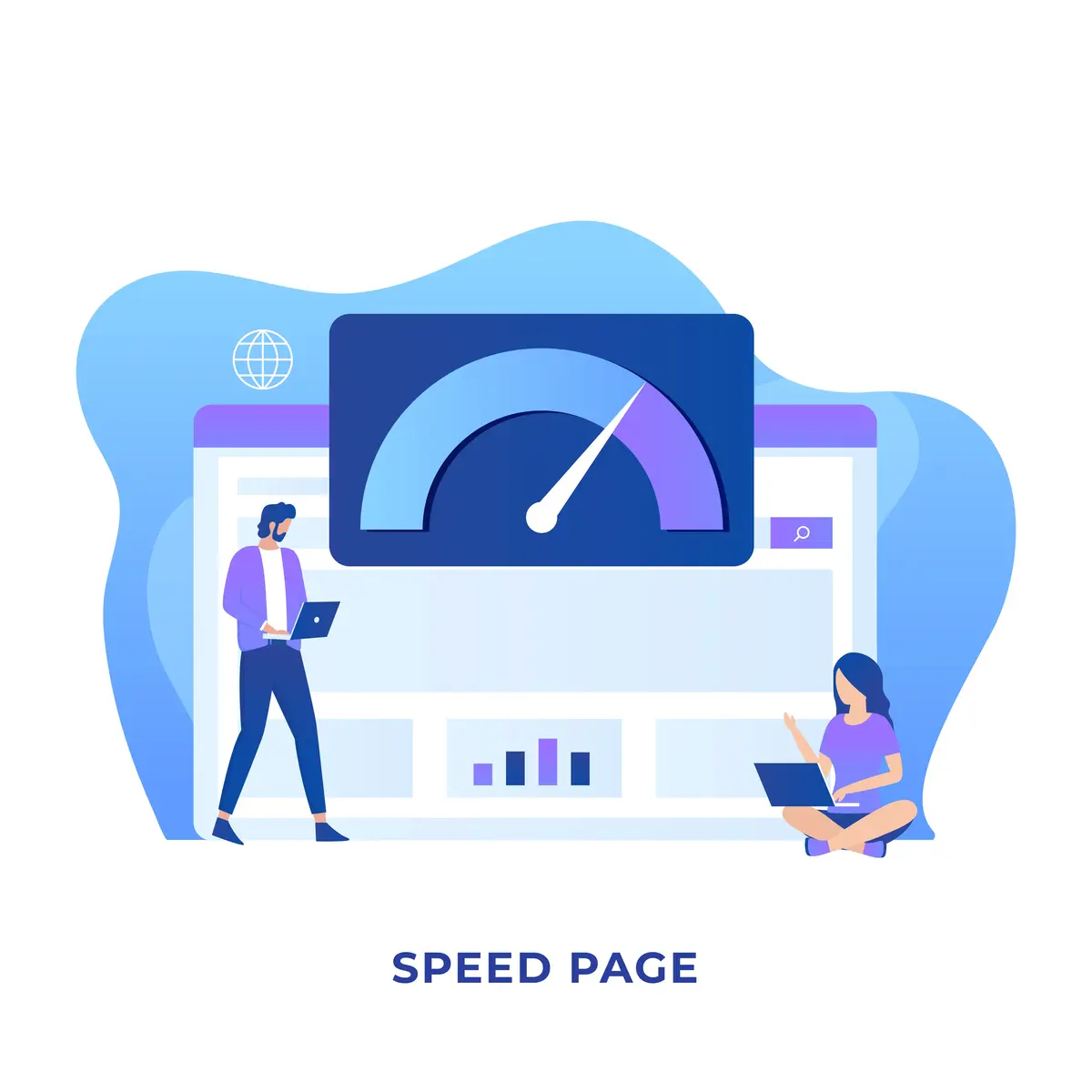
Key Metrics for Measuring Page Speed
Overview of Core Web Vitals
- Largest Contentful Paint (LCP): Measures how quickly the largest visible content loads.
- First Input Delay (FID): Tracks the time it takes for a page to respond to user interactions.
- Cumulative Layout Shift (CLS): Gauges visual stability by measuring unexpected shifts in page elements.
Other Critical Metrics
- Time to First Byte (TTFB): Indicates server response time.
- Fully Loaded Time: Reflects the total time taken for a page to load completely.
Tools for Measuring Page Speed
- Google PageSpeed Insights: Offers detailed recommendations for speed improvements.
- GTmetrix: Analyzes loading times and provides actionable insights.
- Lighthouse: A developer tool that audits page performance.
- WebPageTest: Offers advanced testing with options for geographic and device-specific analysis.
Common Factors That Slow Down Page Speed
Large Image Files and Lack of Optimization: Unoptimized images significantly impact page loading times. High-resolution images without proper compression increase data transfer time.
Excessive HTTP Requests and Render-Blocking Resources: Multiple HTTP requests for scripts, stylesheets, and images can bottleneck performance. Render-blocking JavaScript and CSS delay the rendering of visible content.
Unoptimized JavaScript and CSS: Heavy or poorly written code can slow page performance. Minifying these resources is essential for speed.
Slow Server Response Time and Hosting Issues: Inadequate hosting solutions or servers with limited capacity can lead to delayed page responses.
Use of Too Many Plugins or Third-Party Scripts: Plugins and third-party integrations, especially on platforms like WordPress, can add unnecessary bloat, reducing speed.
Best Practices to Improve Page Speed
Image Optimization: Use modern formats like WebP or compressed JPEG files to reduce size without compromising quality. Implement lazy loading to load images only when needed.
Minify Code: Reduce file sizes by minifying HTML, CSS, and JavaScript. Tools like UglifyJS and CSSNano simplify this process.
Enable Caching: Browser caching stores elements locally, ensuring faster loading times for returning visitors. Implement server-side caching to speed up repeat visits.
Use a Content Delivery Network (CDN): A CDN distributes content across multiple servers worldwide, reducing latency and improving load times for users across regions.
Optimize Hosting: Choose reliable hosting providers offering SSD storage, high bandwidth, and server optimization tools.
Reduce Redirects: Minimize unnecessary redirects that increase HTTP requests and slow down page speed.
Mobile Page Speed Optimization
Why Mobile Page Speed Matters More Than Ever: With Google’s mobile-first indexing, mobile performance is now a top priority. Fast-loading mobile pages improve both user experience and rankings.
Implementing AMP for Faster Mobile Experiences: Accelerated Mobile Pages (AMP) offer stripped-down versions of web pages, enabling near-instant loading on mobile devices.
Techniques to Optimize Mobile-Friendly Design: Use responsive design principles, prioritize lightweight themes, and minimize heavy scripts. Compress images for mobile resolutions and ensure touch-friendly interfaces.
Tools for Testing and Monitoring Page Speed
Google PageSpeed Insights: Provides detailed reports on page performance and actionable recommendations to improve speed.
Lighthouse: Offers in-depth audits for performance, accessibility, and SEO, ideal for developers.
GTmetrix and WebPageTest: Both tools offer advanced speed tests with options for mobile and desktop analysis, including waterfall charts to pinpoint bottlenecks.
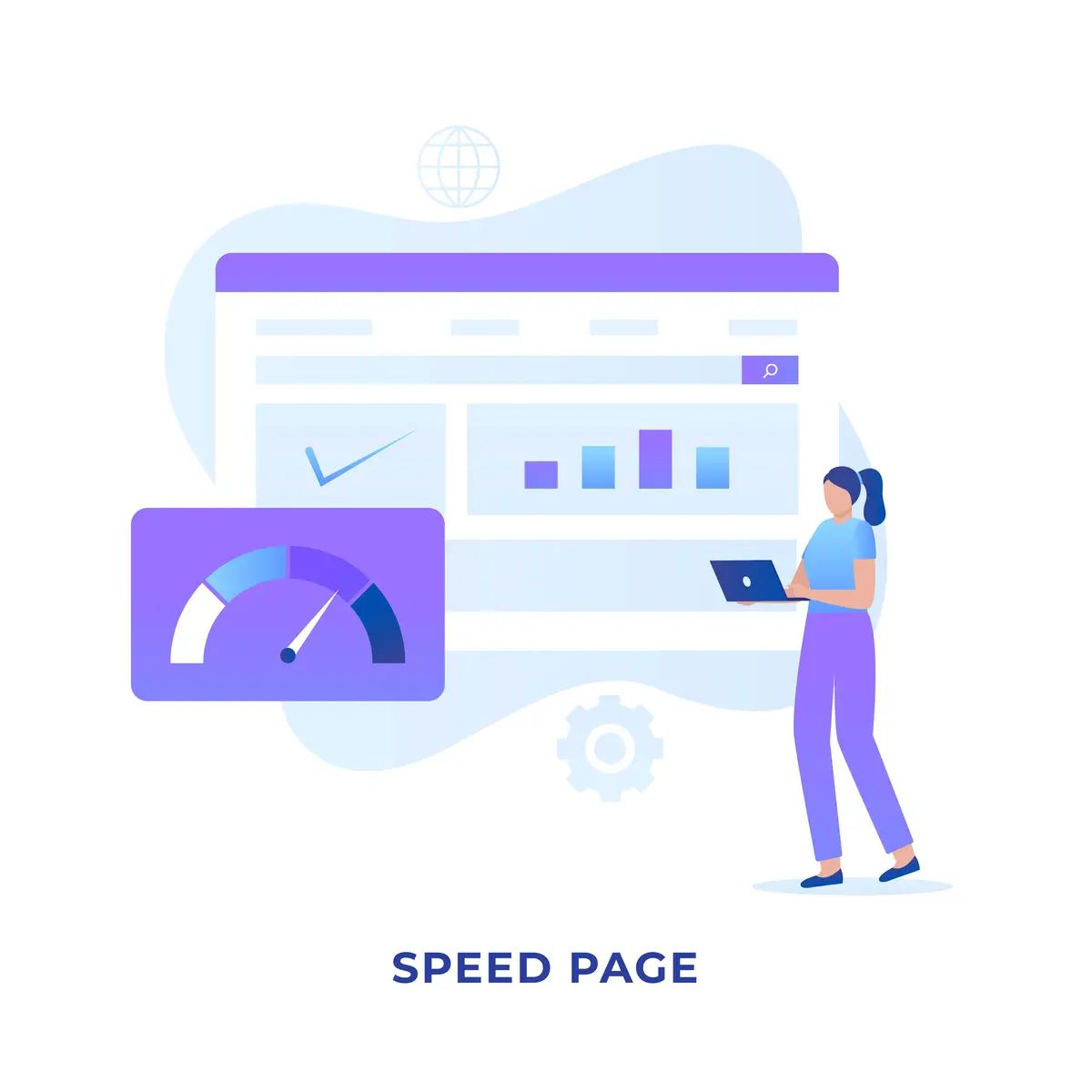
Measuring the Impact of Improved Page Speed
Metrics to Track After Optimization: Monitor organic traffic, bounce rate, conversion rates, and Core Web Vitals scores.
Case Studies of Faster Page Speeds Improving Results: Highlight successful examples where improved speed increased rankings and user satisfaction.
Tools for Ongoing Monitoring: Set up automated alerts with tools like Pingdom or Uptime Robot for consistent performance tracking.
FAQ
Under 2 seconds for optimal performance and user experience.
Slow-loading pages frustrate mobile users, increasing bounce rates.
Yes, optimizing speed can recover rankings lost due to slow performance.
Test regularly, especially after major site updates or content additions.

Common Mistakes to Avoid When Optimizing Page Speed
While improving page speed, certain mistakes can unintentionally harm your website’s performance. One common error is overcompressing images, which can reduce visual quality and affect user experience. Ignoring mobile optimization is another pitfall, as most web traffic now comes from mobile devices. Using unreliable hosting providers or skipping server optimization can lead to slow response times. Excessive use of plugins, particularly on platforms like WordPress, adds unnecessary bloat and slows down your site. Additionally, failing to test page speed after updates may allow unnoticed performance issues to persist. Regular monitoring and balanced optimization are essential for sustainable results.
Consistently maintaining fast page speed requires ongoing effort. Start by conducting regular audits to identify and resolve performance issues promptly. Optimize your website’s code, images, and plugins to avoid unnecessary bloat. Stay updated with the latest web technologies and Google’s algorithm changes, ensuring your site adheres to best practices. Invest in reliable hosting services and use a Content Delivery Network (CDN) to improve load times for users across different regions. Monitor performance metrics regularly with tools like Google PageSpeed Insights and GTmetrix. A proactive approach ensures your website remains fast, user-friendly, and optimized for high search engine rankings.
Page speed is critical for SEO, user experience, and business growth. A fast website keeps visitors engaged, boosts rankings, and increases conversions. Start optimizing today to stay ahead in the digital landscape.
Contact Us
Drop Us a Line
Talk to Our SEO Experts – Start Your Success Journey!







